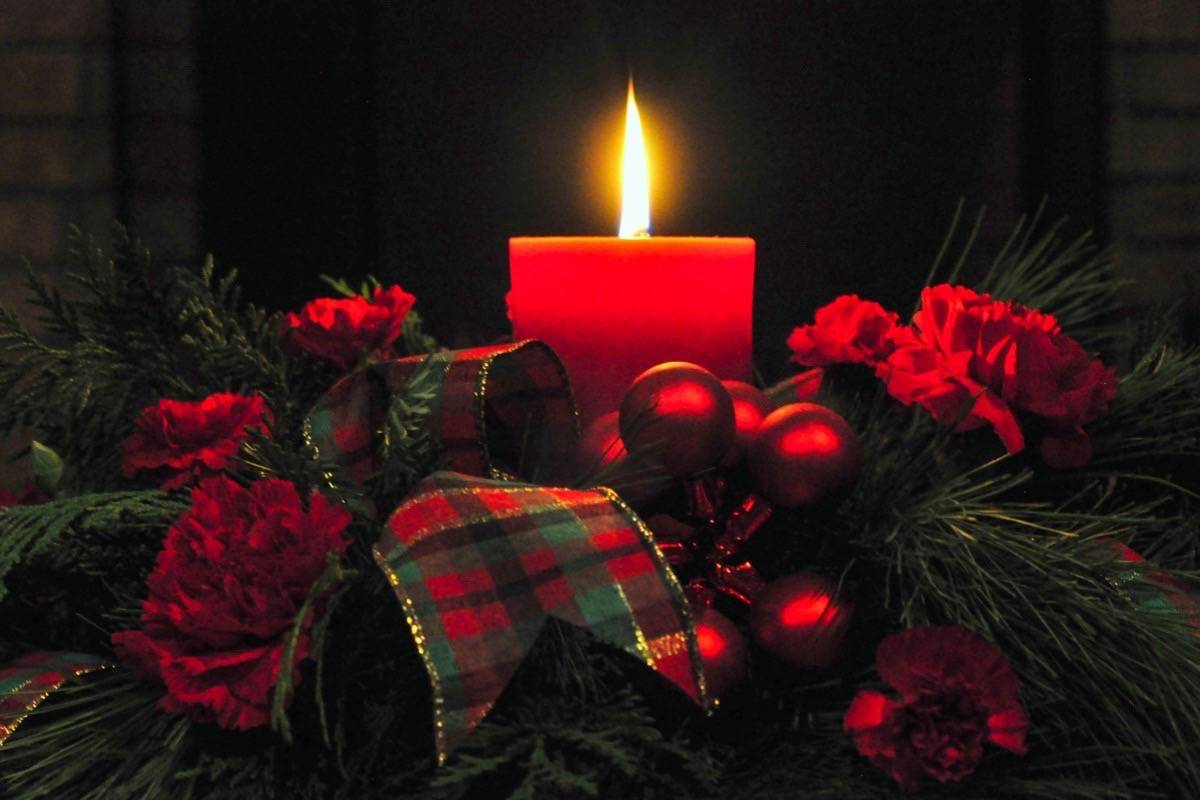As the old tune merrily points out, the Christmas season is indeed the, “Most wonderful time of the year.”
It can also be one of the very busiest, bustling along over a series of weeks with Christmas parties, gift-buying, relative visiting, shopping for all kinds of stuff to pull off the ideal, glittering seasonal celebration, office get-togethers, pot-lucks – you name it.
“Advent, when observed, can be an island of calm in an insanely busy time of the year,” said Archdeacon Noel Wygiera, priest and pastor at St. Luke’s Anglican Church in Red Deer.
“My love for this time has something to do with its prophetic and somewhat counter-cultural nature. The world seems to be screaming at us that we should get busy and go shopping, but Advent reminds us to remain calm and take stock of what is important,” he explained.
”It also reminds us that it is not Christmas yet. In my own tradition, we don’t even begin singing Christmas carols in the Church until Christmas Eve. The season of Advent starts four Sundays before Christmas Day and ends on Christmas Eve. This means the season does not last for a set number of days such as the 12 days of Christmas or the 40 days of Lent. Advent can last between 22 and 28 days.”
According to Christianity.com, scholars believe that during the fourth and fifth centuries in Spain and Gaul, Advent was a season of preparation for the baptism of new Christians at the January feast of Epiphany, the celebration of God’s incarnation represented by the visit of the Magi to the baby Jesus, his baptism in the Jordan River by John the Baptist and his first miracle at Cana.
During this season of preparation, Christians would spend 40 days in penance, prayer, and fasting to prepare for this celebra- tion; originally, there was little connection between advent and Christmas.
“It was not until the Middle Ages that the advent season was explicitly linked to Christ’s first coming at Christmas.
As mentioned, Advent starts on the fourth Sunday before Dec. 25th.
And of course, there are a variety of ways that the public looks at Advent.
There are Advent calendars for children, for example. But exploring the tradition shows what lies at the heart of Advent.
Churches mark it in differing ways, but essentially it can include scripture readings and lighting an Advent candle each of the four Sundays leading up to Christmas.
The term is an anglicized version of the Latin word ‘adventus’, which means ‘coming.’
“In conversations with people over the past few weeks, there is one aspect of Advent that has really been noticeable this year; it is the need to set aside distractions in order to focus on what God is doing in our lives, and in the world around us, so that we can contemplate the coming of Jesus,” added Wygiera.
”Advent is not a preparation period for Christmas, although we do explore the scripture’s treatment of Jesus’ first coming, but primarily the season anticipates his return, when he will come again in great power and will judge the living and the dead. It is a season in which we are called to self examination and repentance so that when he comes, we will not be caught unprepared.
“If we are too distracted, it will be difficult to stay on the task that is before us. For the church, that task is watching and waiting for Christ’s return,” he said.
As Wygiera pointed out, there are no shortage of distractions in our lives.
“Recently, in a sermon, I used an example that most people should be able to relate to; distracted driving laws. These laws are designed to help us keep on the task at hand, that is, driving in an alert and safe manner.
“The law does not merely ask us to ignore the distraction caused by smart phones or other devices, it demands that we keep them out of our hands altogether. Perhaps there is something we can learn from in our time of Advent preparation.”



